The e-commerce landscape continuously evolves, driven by technological advancements, changing consumer behaviors, and new market dynamics. As we look ahead to the next five years, several key trends and innovations are poised to shape the future of e-commerce platforms. In this article, we’ll explore what to expect, from emerging technologies to shifts in consumer expectations.
Sources:
– Forrester Research (https://go.forrester.com/research/
– Gartner https://www.gartner.com/en/insights/retail)
– McKinsey & Company https://www.mckinsey.com/business-functions/marketing-and-sales/our-insights)
– eMarketer https://www.emarketer.com/
– Shopify Plus Blog https://www.shopify.com/enterprise/shopify-plus
1. Advanced Personalization through AI and Machine Learning
Trend:
Advanced AI and machine learning will drive more sophisticated personalization strategies. E-commerce platforms will leverage these technologies to offer highly tailored shopping experiences based on individual user behavior, preferences, and past interactions.
AI is set to revolutionize e-commerce by enhancing personalized shopping experiences. Platforms increasingly utilize AI to automate tasks such as generating product descriptions and managing discounts. For instance, Shopify’s “Shopify Magic” employs AI to assist merchants in streamlining operations, leading to substantial revenue growth.
What to Expect:
– Hyper-Personalized Recommendations: AI algorithms will deliver more accurate and relevant product recommendations by analyzing a customer’s browsing history, purchase patterns, and social media activity.
Dynamic Content and Pricing: Platforms will use AI to adjust content and pricing in real time, providing users with offers and promotions personalized to their current interests and purchasing power.
Impact:
– Enhanced customer engagement and satisfaction.
– Increased conversion rates and customer loyalty.
Source: Gartner – https://www.gartner.com/en/insights/retail
2. Integration of Augmented Reality (AR) and Virtual Reality (VR)
Trend:
AR and VR technologies bridge the gap between online and in-store shopping experiences. By 2025, many e-commerce websites will implement generative or conversational search tools, enhancing user engagement and satisfaction.
What to Expect:
– Virtual Try-Ons: AR will allow customers to try on clothing, accessories, and cosmetics virtually, reducing the need for physical trials and returns.
– Virtual Showrooms: VR will enable users to explore virtual showrooms and interact with products in a 3D environment, enhancing the online shopping experience.
Impact:
– Improved product visualization and customer satisfaction.
– Reduction in return rates and increased sales.
Source: McKinsey & Company https://www.mckinsey.com/business-functions/marketing-and-sales/our-insights
3. Seamless Omnichannel Experiences
Trend:
E-commerce platforms will focus on providing seamless omnichannel experiences, integrating online and offline interactions to offer a consistent and cohesive shopping journey.
What to Expect:
– Unified Customer Profiles: Platforms will create unified customer profiles that track interactions across various channels, including online stores, mobile apps, and physical retail locations.
– Click-and-Collect Services: The rise of click-and-collect services will allow customers to order online and pick up their purchases in-store, combining the convenience of online shopping with the immediacy of physical retail.
Impact:
– Enhanced customer experience through consistent interactions.
– Increased sales opportunities and customer convenience.
Source: Forrester Research- https://go.forrester.com/research/
4. Enhanced Security and Privacy Measures
Trend:
As e-commerce grows, ensuring security and privacy will be a top priority. Platforms will adopt advanced security measures to protect customer data and prevent fraud.
What to Expect:
– AI-Driven Fraud Detection: AI and machine learning will enhance fraud detection capabilities, identifying and mitigating fraudulent transactions in real time.
– Blockchain Technology: Blockchain will be used to secure transactions and verify the authenticity of products, improving transparency and trust in the supply chain.
Impact:
– Increased customer trust and reduced risk of data breaches.
– Enhanced protection against fraudulent activities.
Source: eMarketer https://www.emarketer.com/
5. Growth of Social Commerce
Trend:
Social commerce will continue to grow as social media platforms integrate more shopping features, allowing users to discover and purchase products directly through social channels.
What to Expect:
– Shoppable Posts and Ads: Social media platforms will enhance their shoppable post and ad features, making it easier for users to purchase products directly from their feeds.
– Influencer Collaborations: E-commerce brands will increasingly collaborate with influencers to drive sales and engage with their target audiences through authentic and personalized content.
Impact:
– Increased sales opportunities through social media channels.
– Enhanced brand visibility and customer engagement.
Source: Shopify Plus Blog https://www.shopify.com/enterprise/shopify-plus
6. Growth of Mobile Commerce and Voice Search
Trend:
The proliferation of smartphones has led to a surge in mobile shopping, necessitating mobile-optimized platforms. Additionally, with the increasing adoption of smart speakers, voice search is becoming a significant channel for online shopping, prompting e-commerce platforms to integrate voice-activated functionalities.
What to expect:
- Voice search on websites
- Voice chat
Source: Bigcommerce https://www.bigcommerce.com/articles/ecommerce/ecommerce-trends/
7. Emphasis on Sustainability and Ethical Practices
Trend:
Consumers are increasingly prioritizing sustainability, influencing e-commerce platforms to adopt eco-friendly practices.
What to expect:
- transparent supply chains
- sustainable sourcing
- environmentally friendly packaging.
Source: https://www.coursera.org/articles/ecommerce-trends
8. Enhanced Payment Options and Financial Technologies
Trend:
The future of e-commerce will see a diversification of payment methods, including integrating cryptocurrencies and “buy now, pay later” options, like Paypo.pl. These developments aim to provide consumers with flexible and secure payment solutions, improving the overall shopping experience.
What to expect:
- cryptocurrencies as a payment method
- buy now, pay later options
Summary
The next five years will bring significant advancements and transformations to e-commerce platforms. From advanced personalization and immersive AR/VR experiences to seamless omnichannel interactions and enhanced security, these developments will shape the future of online retail. As businesses adapt to these trends, they must embrace innovation and continuously evolve to meet changing consumer expectations and stay competitive in the digital marketplace.

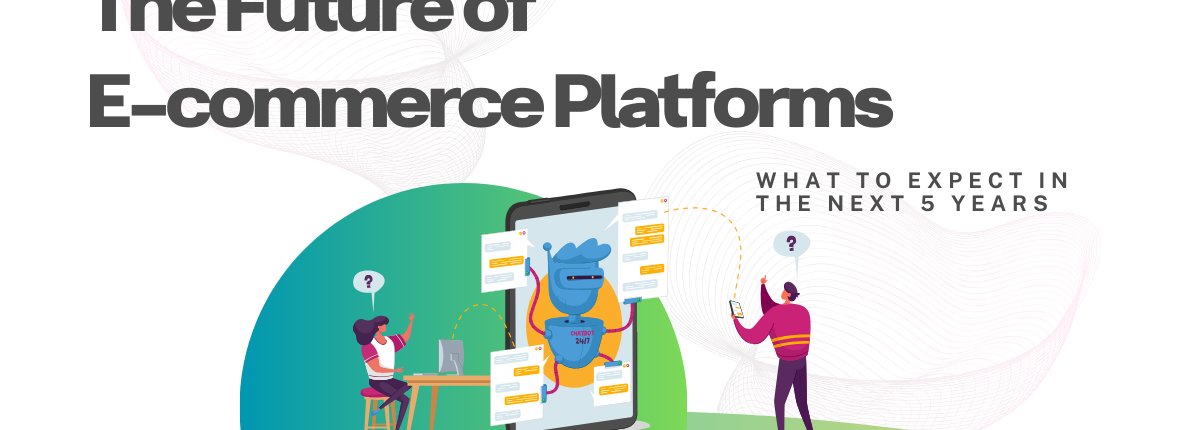

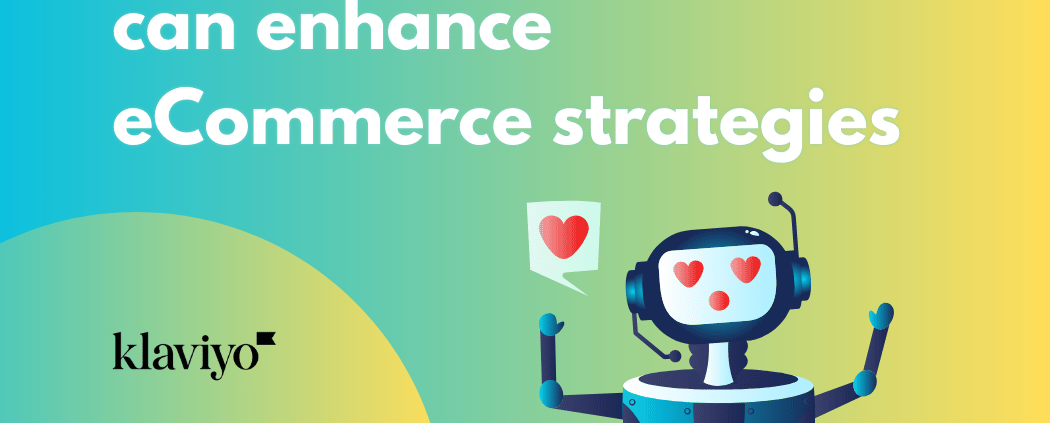

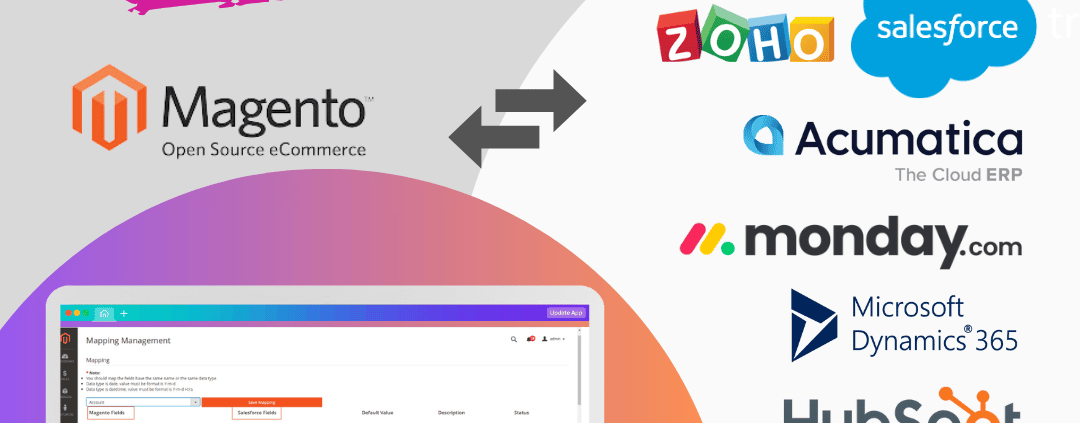


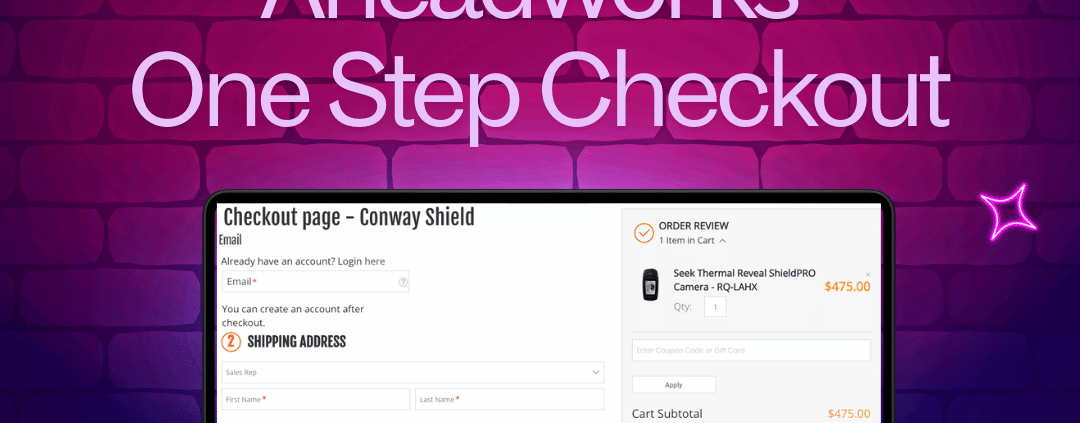
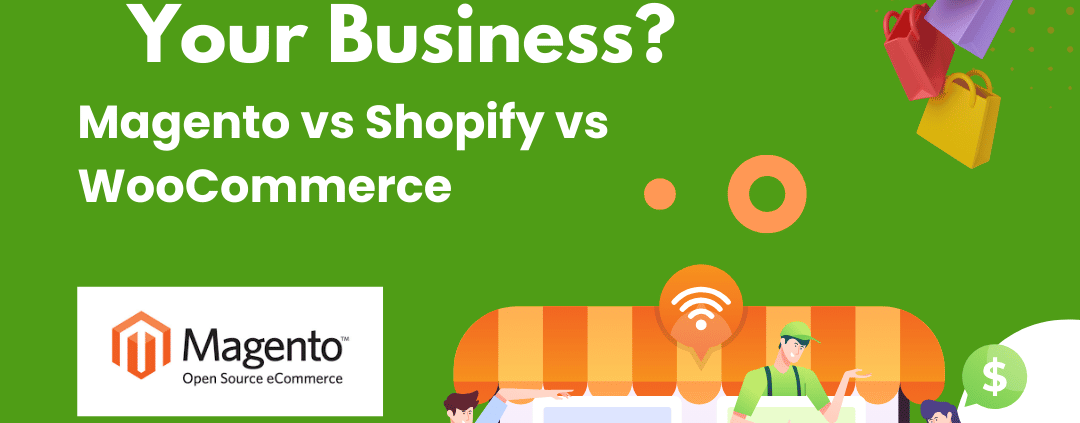

Share this entry